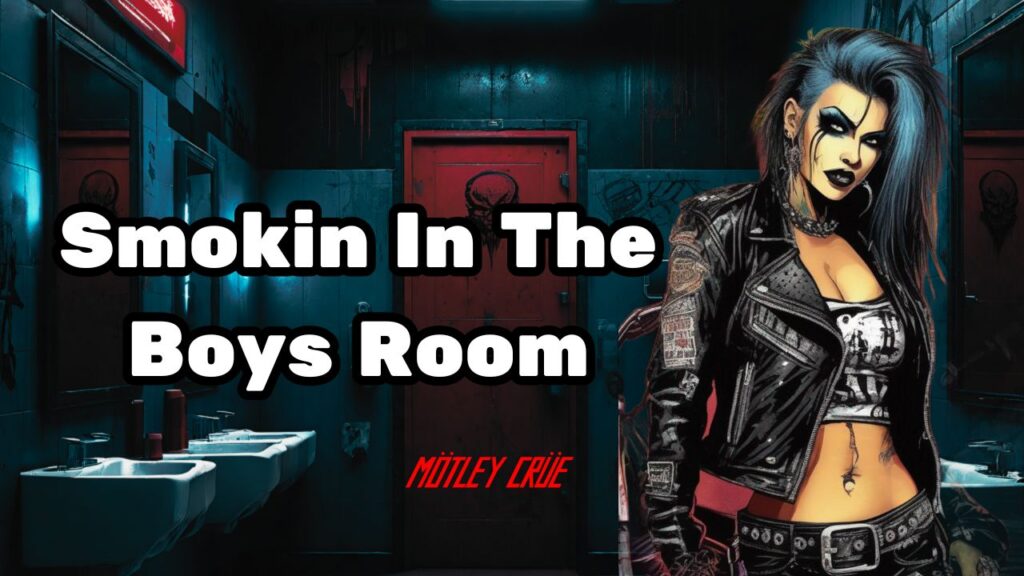Motley Crue’s “Smokin’ in the Boys Room” Wasn’t Their First Choice for a Cover Song

In his most recent book “The First 21” Nikki Sixx, the legendary bassist and founder of the band, unveils the behind-the-scenes decisions that shaped the success of one of their early hits from 1985 “Theatre Of Pain” album. The spotlight falls on a moment of creative divergence when the band was on the quest for the perfect cover song for their third album.
Twelve years after carefree summer days spent at the towns like Twin Falls and Jerome (places where he was living back than), Nikki Sixx found himself contemplating the ideal cover for Motley Crue’s upcoming album. The brainstorming session involved attempting well-known tracks such as Thin Lizzy’s “The Boys Are Back in Town” and Elton John’s “Saturday Night’s Alright,” but none seemed to resonate with the band’s vision.
Then, amidst the musical contemplation, Sixx proposed an unexpected choice – “Diamond Girl” by Seals and Crofts. The mere suggestion raised eyebrows among his bandmates who dismissed the idea, citing that it didn’t align with the rock essence of Motley Crue.
The reason he suggested the song ‘Diamond Girl’ comes from the aforementioned days spent in Idaho when he was a teenager, going from the Twin Falls skate rink to Jerome’s one-screen cinema with his girlfriend, listening to the Seals and Crofts song for days and days. As he mentioned in the book, the song became their official summer song.
However, Motley Crue decided to rehearse “Diamond Girl,” only to realize the initial skepticism was justified. The soft, melodic tones of Seals and Crofts’ hit didn’t translate well into the hard-hitting, rebellious style of Motley Crue. The decision was made to pivot, and “Smokin’ in the Boys Room” by Brownsville Station emerged as the alternative choice.
Little did they know, this shift in direction would lead to the creation of a rock anthem that would define an era for Motley Crue. “Smokin’ in the Boys Room” became the band’s first top-forty hit, climbing to number three on the charts, and etching its place in rock history.
Reflecting on the path not taken, Nikki Sixx acknowledges the success of “Smokin’ in the Boys Room” but can’t help but wonder about the road less traveled. What if Motley Crue had stuck to their guns and pursued the unlikely “Diamond Girl”? It’s a question that lingers, adding an intriguing layer to the band’s narrative.
Grab a copy of the book “The First 21: How I Became Nikki Sixx” here.
As an Amazon Associate I earn from qualifying purchases.






